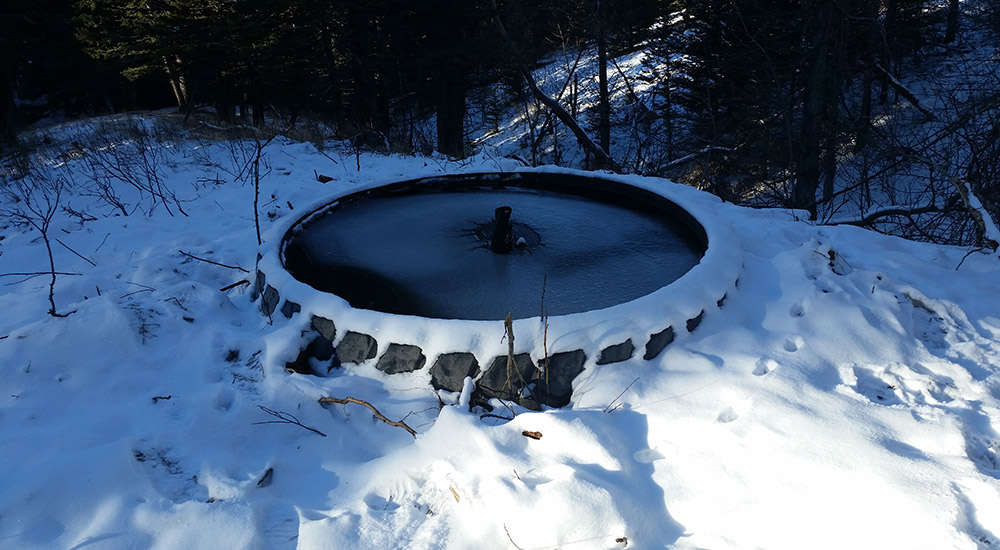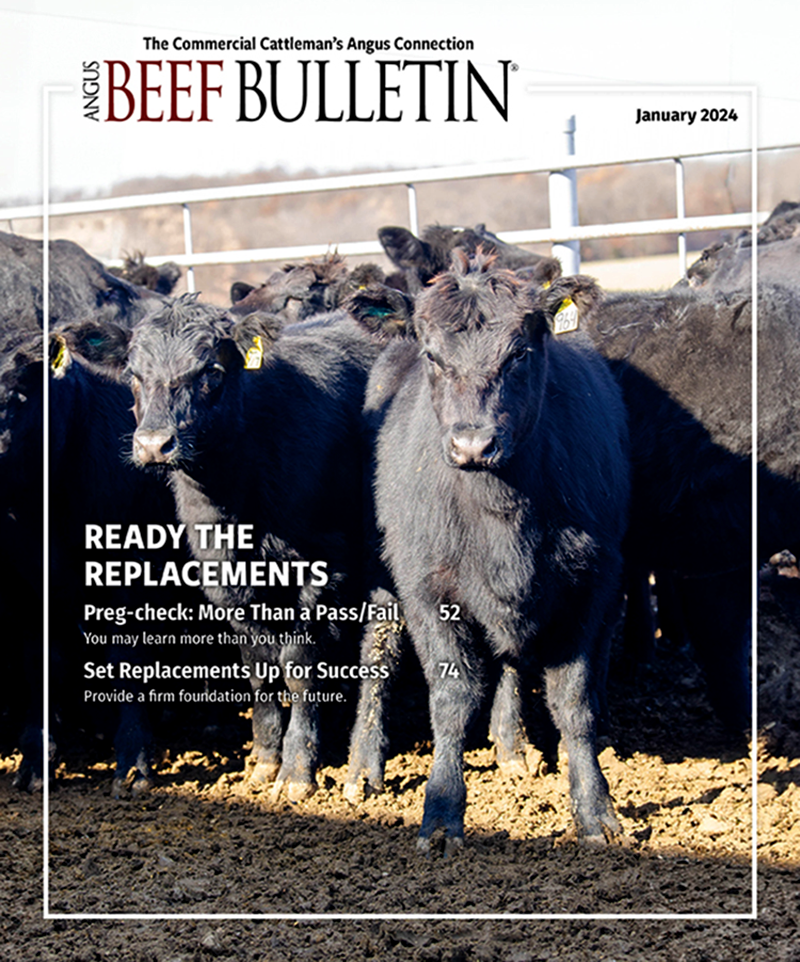
Create a Nonfreeze Water Trough
Canadian cattlemen share tips on preventing water tanks from freezing.
Gerald and Pat Vandervalk of Claresholm, Alberta, Canada, solved the challenges of winter water for their cattle by innovative troughs to capture water from springs on their ranch.
The water systems Gerald created from big tires work well in several situations, and he now sells some to other ranchers.
“We are fortunate on our ranch because we have so many springs; we don’t have to pump any water,” he says.
Springs run all the time. Water from a spring is about 45° to 55° F year-round and doesn’t freeze as quickly as water in a river or stream.
Sometimes if it’s a slower spring without much volume or flow, you might have to partially cover the trough or use a smaller tire so there is less surface area to freeze. If it’s a slow flow and small trough, he puts a 90° angle in the pipe where the water comes in, which shoots the water across the surface. This creates more movement where the water is coming in and never freezes there. This allows the cows to always have an area of open water where they can drink. The ideal situation is a fast-flowing spring.
To make the troughs, he uses concrete for the bottom.
“We put black poly pipe up through the bottom of the trough. Most of my troughs are designed for springs, so I usually have three pipes coming through — the intake and two overflows,” he explains.
Two overflow pipes are necessary if you have a lot of water in your spring. It takes two overflows to handle the excess water so the trough won’t overflow, especially if water is coming in with pressure like gravity flow. The second pipe also helps to take the overflow water from that trough and pipe it down the hill and across the fence to another pasture. It’s hard to put another hole in the concrete bottom, so Vandervalk puts in two overflow pipes in case they want to use some of that water for another trough in the next field.
“There are also some producers using my troughs with a solar watering system. To keep from overflowing the trough, they need to cut the intake pipe off a bit, so it is low enough a float can be put on it,” he says.
Vandervalk has seen another ice-preventing trick by another producer.
“When we cut the top out of the tire we cut all around the outside, but he cuts about six holes or slots in the top part of the side walls — big enough for a cow’s head — and then has a tube (like an inner tube from a tractor tire) at each hole. The tube goes down into the trough, into the water. This makes less surface area on top of the trough. Where a cow sticks her nose down through that circle where she drinks from, the tube goes down a ways into the water,” he explains.
Thus, the cattle are always pulling warmer water off the bottom of the trough.
“The tube is big enough that there is plenty of room for the cow’s head and nose, and it drops about a foot down into the water. This rancher’s troughs have a float, since the water is coming in with pressure,” says Vandervalk.
Editor’s note: Heather Smith Thomas is a cattlewoman and freelance writer from Salmon, Idaho.



